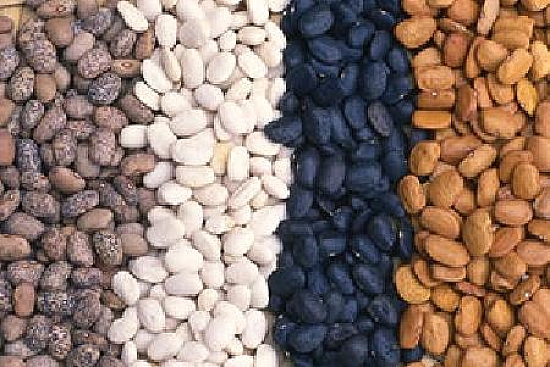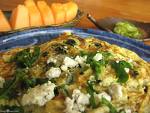First of all…it's great to be back! I was traveling, and while it's kind of fun to say I saw both the Atlantic and Pacific oceans in the period of a week, I do like my base camp and I really missed reading research. I'm looking forward to getting back into my daily groove.
Last week, I read an article in the New York Times about insurance companies, and how they are starting to ask consumers to absorb the cost of medications by asking that these medications be paid for not by flat copayment, but proportionate to the cost of the medication.
Nice. First we're convinced that we absolutely need all these drugs, and that we can get them for cheap, then once we're dependent on them…we're thrown under the financial bus.
Right now, the medications that are being sold under this new proportionate plan are not any of the medications that I focus on with this blog. However…since several of the medications you readers are on, are some of the most popular medications out there, I suspect it won't be long before these insurance companies start to see dollar signs in terms of the quantity of people they can expect to help finance this venture. Categories of medications like antidepressants…and insulin sensitizers and statins, which are commonly prescribed when the antidepressants start to mess with hormone balance.
That's the bad news.
The GOOD news is, I finally felt vindicated for having sat through this scenario for the last 25 years, wishing people would see what I have always seen…that when you take responsibility for your own health, and don't depend on people who make money off of you to help you, you have a good chance of getting better results. Think about it. Why would a drug company spend millions and millions of dollars to develop a product that you eventually wouldn't need once you started using it?
My goal, ever since I started what I do, is to put myself out of business. I started learning to play golf last year and it has been very frustrating to have to put it aside to attend to the demands of my growing business. I have a children's story I'd like to publish. And there are a couple of screenplays roaming around in my head that I'd love to get into theaters.
But the drug and insurance industries don't have that goal. Their goal, as is the goal of most corporations, is to increase market share and return on investment. Which means you can (1) increase the dosages of medications you sell to already existing customers, (2) find new customers for your medications by either creating new diagnoses or finding off-label uses for your already developed products, and/or (3) increase the price you charge for the product. Hmmmmm…nowhere in there do I see"helping the patient feel better".
Of course, I'm not naive. I know some medications are entirely necessary and even life-saving. But I also see so many conditions that could drastically improve with a few judicious lifestyle choices.
Last week I listened to the husband of a friend tell me what it was like to go through an in-vitro fertilization (IVF) procedure with his wife. He was near tears as he spoke about the trauma, the callousness of the providers, the emotional stress…the expense, and the feeling of failure as a human being when the entire investment of time, emotions and money did not produce the desired result.
He drove me to the bus stop, and I headed to the airport. As I was standing in line to board my plane, a colleague phoned me. She'd gone through my professional training and had been using my protocol on women with infertility. And she told me, that with just a few nutritional tweaks, these women were getting pregnant! Not only that, their depression was responding with equal profundity. Even the women who'd failed with the same IVF procedure as my other friend and who had given up on ever having children, were seeing results.
There's something very wrong with a system that promotes a $20,000 emotional and financial (mis)adventure over a $12 bottle of Coscto fish oil…but we as consumers need to shift our expectations for help from those who stand to make money off of our misfortunes and invest in choices, behaviors, and financial purchases that are empowering and affirming. You'll never get a company making money off of you to change how they do things if it means less money. But we can certainly get their attention if, collectively, we start to say"no" to some of their answers to our problems and"yes" to options that make more sense.
You bet the power of where you pull out your wallet is tremendous. And when groups of thousands of wallets get together…well, that's the vision I have that will finally get these screenplays out of my head!
Eating well. Physical activity. Adequate sleep. Less stress. It's that simple. It's incredible what prioritizing these four areas can do to your overall health. Not to mention your budget.
http://www.nytimes.com/2008/04/15/opinion/15tues1.html?hp























